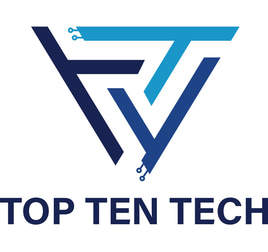Exploring Innovations in Smart Glass and Flexible LED Technology with Nanotechnology and AI
Dr. Saravanan Pandiaraj
4/14/20252 min read


The Future of Smart Glass Technology
In recent years, the demand for smart glass technology has surged, driven by its potential to revolutionize the way we interact with our environments. Smart glass, also known as switchable glass, utilizes nanotechnology to control light transmission, privacy, and energy efficiency. Innovations in this field have opened up new possibilities in architecture, automotive industries, and even consumer electronics.
The Role of Nanotechnology
Nanotechnology plays a crucial role in enhancing the functionality of smart glass. By manipulating materials at the atomic and molecular levels, manufacturers can create coatings that allow for real-time control of heat and light. For instance, electrochromic smart glass can change its opacity based on electrical signals, providing better thermal comfort and contributing to energy savings in buildings. Furthermore, advancements in nanomaterials make it possible to develop glass that not only offers privacy on command but also controls glare and solar heat—key features that improve user experience without sacrificing aesthetics.
Flexible LED Displays: A Cutting-edge Innovation
Another area ripe with innovation is flexible LED technology. With the integration of nanotechnology and AI, flexible LED displays have become lighter, thinner, and more adaptable to various surfaces. This flexibility allows for novel applications, such as wearable devices and innovative advertising solutions. Implementing AI algorithms enables these displays to adjust their brightness and color output based on surrounding light conditions, enhancing visibility while reducing power consumption.
The combination of smart glass and flexible LED technology signifies a substantial leap towards a more interconnected and efficient future. The potential applications are vast; from smart homes that respond intuitively to occupants' needs, to commercial spaces that can dynamically transform their ambiance to suit changing requirements.
As industries continue to explore the intersection of nanotechnology, AI, and advanced materials, it is clear that these innovations will shape the future of our environments. Stakeholders from multiple sectors—including architecture, interior design, consumer electronics, and transportation—are keenly investing in research and development efforts to harness these technologies. As we look ahead, the integration of smart glass and flexible displays powered by cutting-edge technologies promises not only to enhance usability but also to drive sustainability in various applications.
Innovating, "Today & Tomorrow"
Explore our innovative smart glass solutions today.
ConTact
Services
© 2025. All rights reserved.
